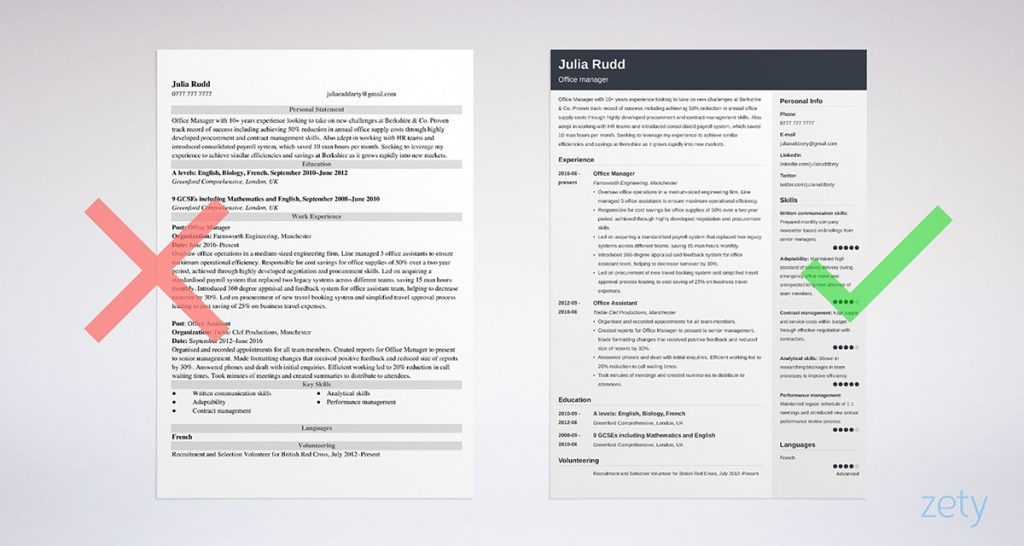In 2021, the top HR priority, according to a survey by Jobvite, was improving quality of hire by 52% of HR professionals followed by increasing retention rate which had 24% of the votes. According to the US department of labor, hiring the wrong talent costs companies 30% of the employees first year earnings on average. Hence, one of the most important questions today in HR is how to hire the perfect talent.
Let’s jump into the list of the 6 top suggestions for hiring great talent and avoiding losing time & money.


1. It’s not just the candidate, it’s your company’s appeal
Before assessing and judging other applicants, it’s important to keep in mind that the quality of your applicants is a reflection of your company’s appeal. One big question for all HR out there: Are you attracting candidates that want a job at your company or candidates that need a job and any company will do? Oftentimes the line is blurred between these two, but being (or appearing to be) a promising company will attract better talent.
So where to start?
If you are not a well-known brand or a fortune 500 company then most of your company’s appeal will come from your online presence, notably your official website. So make sure it looks clean and professional above all else. According to Vacancyfiller.com, 76% of job seekers will research a company online before considering a job opportunity. Websites like Glassdoor and LinkedIn are key resources by which candidates judge companies and a high turnover rate is likely to be evident on these platforms which in itself is another reason to hire the right talents.
2. Craft a clear job description
Good candidates will look carefully at the job description (JD) before applying. It’s important that the JD is explicit and clear about the objectives & challenges of the position as well as what is expected. Too many JDs make the mistake of listing too many tasks & skills that are unrelated (or not directly related enough) to the final objective and reason for this position. Above all else, it’s important that the JD states the predominant goal for the position.
Before posting a job listing, you should confer with the relevant team manager so that you know exactly what skill sets (hard skills and soft skills) are needed. When drafting the job description, the candidate requirements section are of great significance as it helps you to filter those under- or over-qualified for the job. If you fail to be upfront about what is involved with the job, even if you land a perfect employee, it will eventually lead to mistrust and have an overall negative impact on the workplace.


3. Examining the CVs
It’s common knowledge that you learn things about somebody from the interview process that you wouldn’t be able to tell from their CV, but the opposite is true as well. CVs can tell you something about your candidate that you are unlikely to learn in the interview phase.
The CV is the candidate’s primary means of marketing him or herself to companies and should, to some extent, reflect their best work. How can you expect a candidate to market your company well if he/she cannot market themselves?
If the candidate is applying for a marketing, communications, business development, or a similar people-based position and is unable to provide a clean, attractive & organized CV to represent themselves, then how can you expect them to represent your company in that fashion? Likewise if a candidate for a more technical role like coding or engineering has a messy resume with no structure, it’s less likely their coding will be clean and organized.
Are you looking for a risk taker who can think outside the box? In that case, a CV that deviates from the traditional format tells you everything you need to know. Likewise, if you are looking for a compliant clean-cut suit to fit your corporate ranks, a traditional CV format is the perfect fit.
4.How to conduct the interview
The interview is the most important stage of the recruiting process. Interviewing candidates gives you the opportunity to test the candidate’s technical and communication skills. Additionally, you can check how they align to your culture and to what extent they will fit in the position.
Before the interview, you should have a clear idea of what questions you will ask the candidate in regards to their resume. Ask candidates about specific roles on their resumes that are relevant to the position. Ask about their employment duties, responsibilities, accomplishments, and pressures they faced. An honest candidate will be able to explain how they overcame challenges in detail and explain what they did in simple terms. The more you plan ahead, the smoother and more effective your interview will be.
When conducting the interview, you should introduce yourself and the company first and set the tone and communication style for the interview. Remember to ask questions on skills specifically related to the duties and responsibilities of the position.
Keep in mind that the interview should be a conversation and not an interrogation. Give space to the candidates and encourage them to ask questions to understand more about the role and the company.


5. Give feedback after the interview
According to a study by LinkedIn, candidates that receive feedback after the interview are 4 times more likely to consider your company for a future opportunity. Candidates want to know how they did in an interview, regardless of how it went. Giving feedback, you’re not only preparing a candidate for their next interview, but you’re also giving them lifelong professional skills by taking some time to enlighten them about what went well and how they may improve.
6. Check references when recruiting candidates
The final step in recruitment is the reference check. The reference check is oftentimes criticized for being easy to circumvent, but if performed correctly, the reference check goes a long way in solidifying a new hire. In a litigious society, you need to make sure the candidate is who he/she says he/she is and has no past transgressions that will endanger your current workforce.
The best practice way to do a reference check is to ask for 2 references at each of the past few jobs the candidate has been employed at. This gives you the chance to cross-examine answers between 2 different people within the same company.
Happy Hiring!